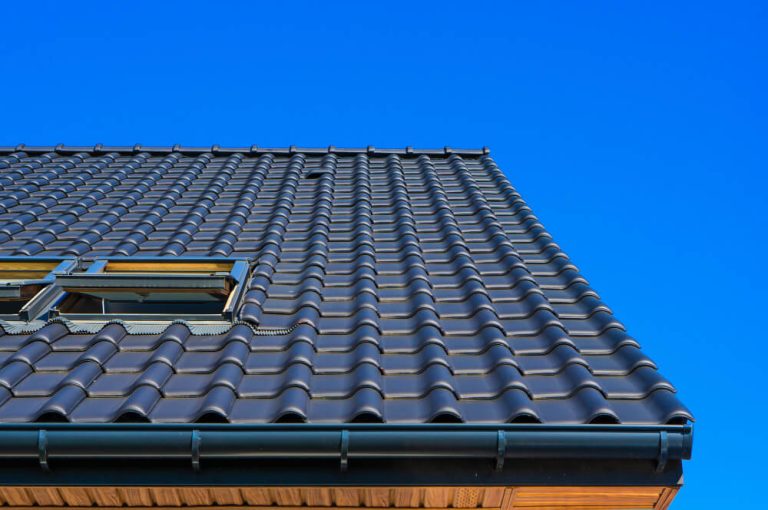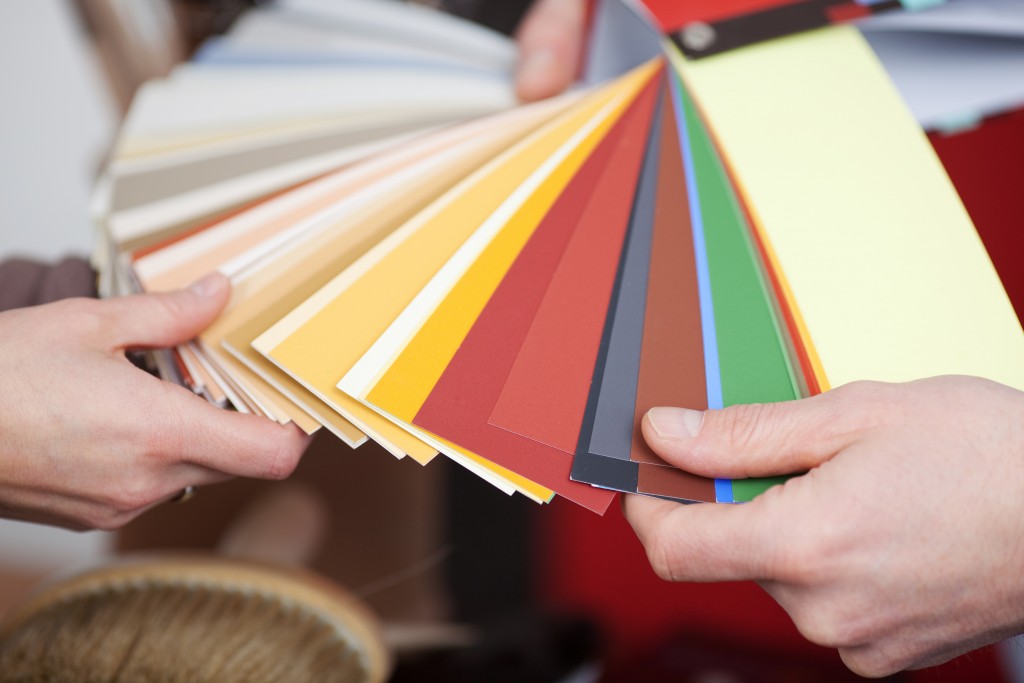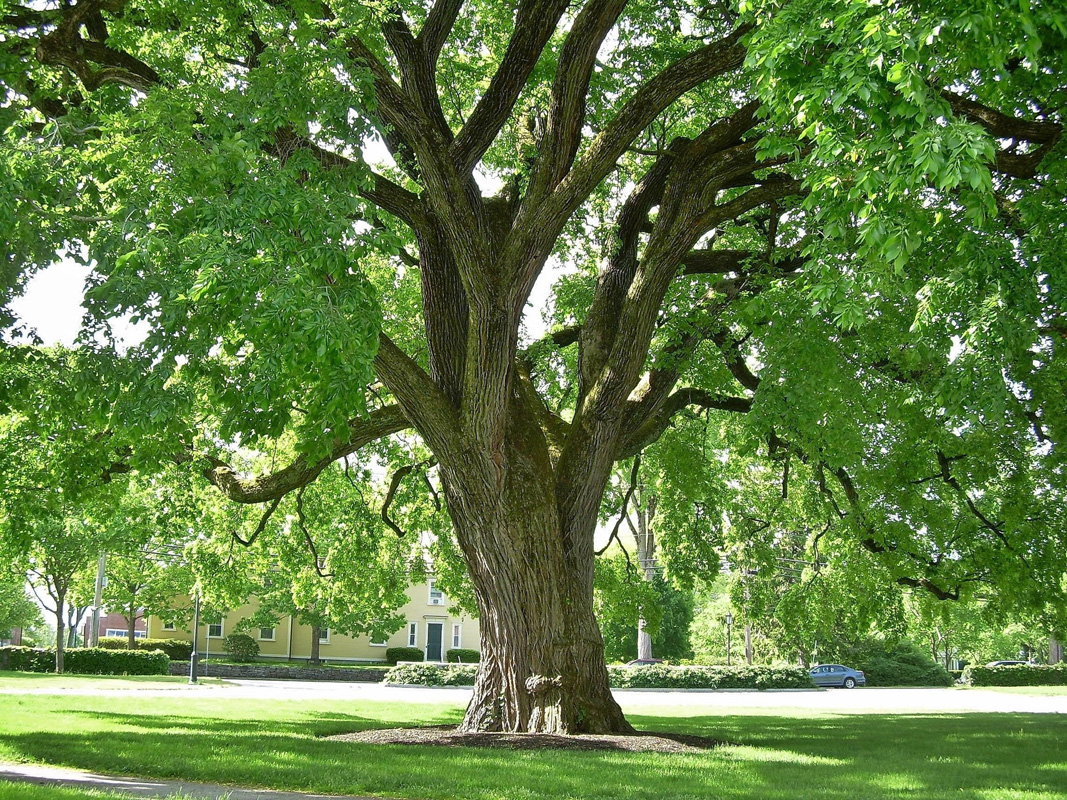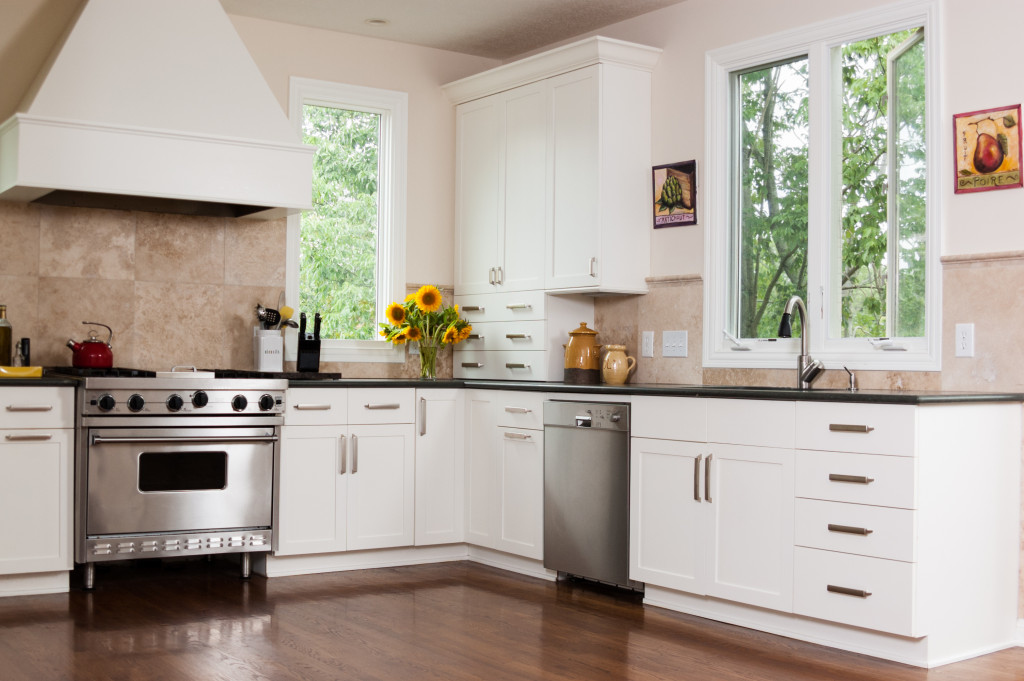Roofs nowadays come in several materials and shape alternatives. Some of the popular roofin Aside from the material and shape you pick for your roofing, ensuring its extended durability is essential.
Unfortunately, the roof remains the most exposed part of your property to several adverse elements. The most destructive among these is water. When water pools on your roof, it often leads to structural damage, promotes plant growth, and compromises the roof’s integrity.
Metal roofing companies now have several alternatives for minimizing water damage on roofs. One of these lies in the installation of roof drainage systems.
The following are the types of drainage systems that might be used for your roofing.
Gutters
Gutters remain the conventional solution for the prevention of water damage on roofs. In a pitched roof, melted snow and rainwater will glide into the gutters before channeling into underground drainage systems. Gutters serve as inexpensive options for roof water drainage and can sufficiently protect your doors, windows, siding, and foundation from water damage. Even so, they need periodic cleaning to get rid of debris that often clog them. To cut the need for cleaning, you can invest in gutter guards that keep out most debris.
Scuppers
These are often used in terraces, parapets, and flat enclosed roofs. Scuppers comprise small holes cut along the edges of your roof to drain water. Rubber or metal is often used to flash the sections around the holes and prevent water damage. Scuppers generally connect to downspouts that direct water to underground drainage systems. They can also protrude from a building’s side to allow the falling of water on a prepared space like a gravel drainage area. Scuppers need little maintenance, but vigilance is essential to ensure their downspouts do not clog.
Inner Drains
Drains work for flat roofs. They drain in slightly lower sections of the roof and connect to a pipe that leads to a drainage system. Inner drains have protective barriers or screens that keep debris from washing into the pipe. They have no unsightly downspouts, and there is minimal risk of the pipes freezing in winter and clogging. Maintenance of inner drains generally involves ensuring the protective screens are debris-free and replacing them when necessary.
Siphonic Drains
This is a sophisticated drainage system meant to operate at full capacity. These drains reduce the need for underground drainage pipes and downspouts. Siphonic drains will suck water from your roof and prevent air suction into your pipes. By doing this, they allow the pipes to drain more water. The drains are often used on pitched and flat roofs in combination with gutters.
The ideal choice for your building from the above will depend on your roof’s construction, size, drainage rate, and pitch. Your area’s expected rainfall and snow volume will also determine the drain that works best for your roof. It is essential to work with experienced roofing contractors to ensure the installed solutions prevent water damage.






